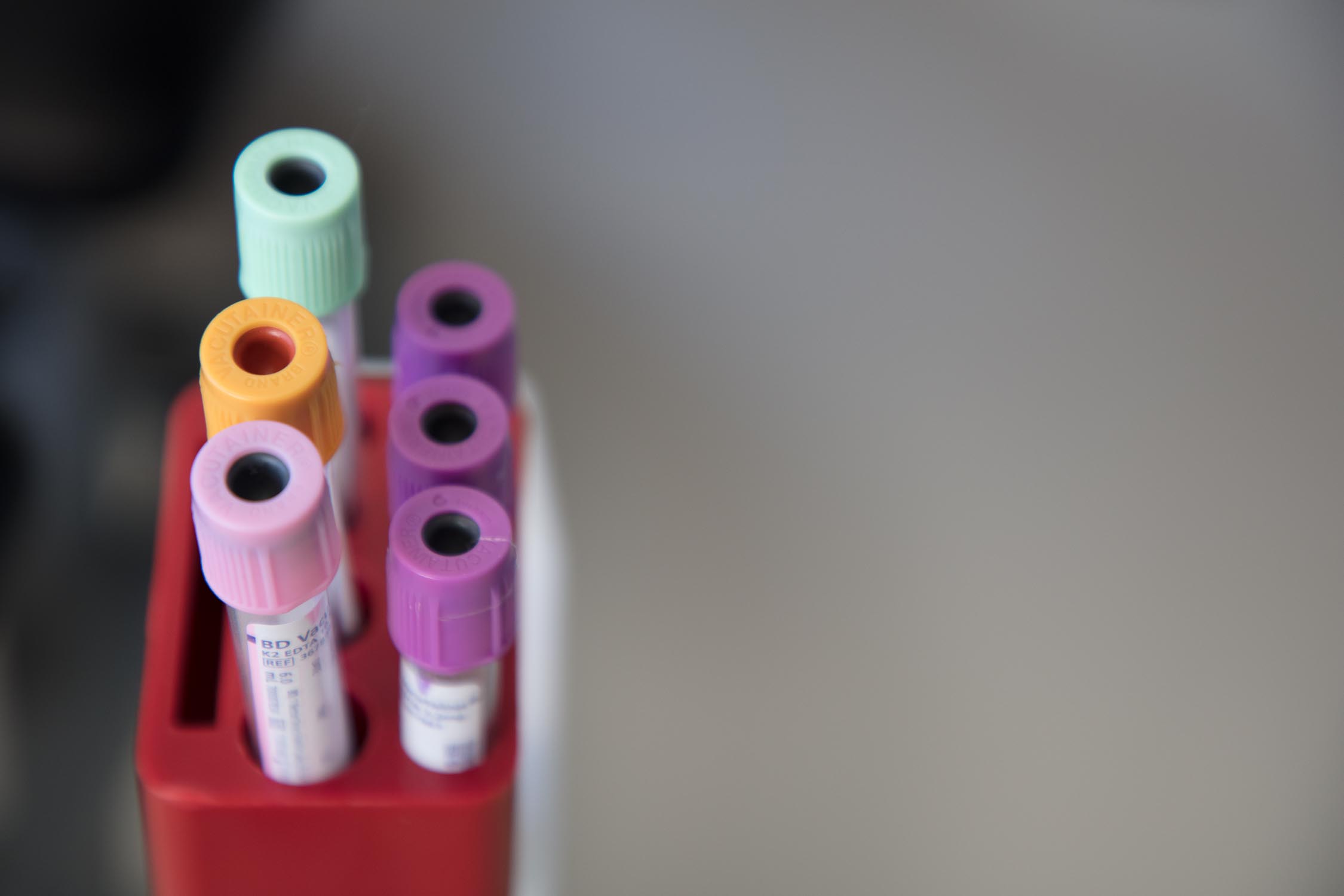
Catching Cancer Recurrence with Circulating Tumor DNA (ctDNA) Tests: 5 Things to Know
-
There’s no way to know for sure whether a successfully treated cancer will come back. But circulating tumor DNA, or ctDNA, testing can help. If you or a loved one has recently completed treatment, here are five important points you should know about this new technology.
1. ctDNA tests look for minimal residual disease.
Even after a patient finishes treatment for cancer, some cancer cells can still be left behind, circulating in the patient’s blood. These tiny bits are called minimal residual disease, or MRD.
ctDNA tests work by looking for MRD in a patient’s blood. “All cancers have a special genetic makeup—they have mutations that can be picked up in the bloodstream,” said Namrata Vijayvergia, MD, a hematologist/oncologist at Fox Chase Cancer Center.
The test first gathers genetic material from a tumor itself (either before or during treatment). After treatment, that same genetic material is tested for MRD in a patient’s blood. If the bloodwork tests positive, the patient has some amount of MRD circulating in the body and is at risk for recurrence.
2. ctDNA tests can catch cancers earlier than standard screening methods.
Standard imaging tests like CT, MRI, and PET scans can find tumors that have already formed, showing that a patient’s cancer has come back. But ctDNA tests are much more sensitive.
“A ctDNA analysis can find even tiny amounts of genetic material released from existing cancer cells,” Vijayvergia explained. “So the threshold for detection is much lower.” That means possible recurrences can be caught sooner, before they even cause symptoms.
3. The tests aren’t for every patient.
ctDNA tests are relatively new, so they’re not yet widely used for many cancers. “The tests are the most advanced in detecting colorectal cancer,” Vijayvergia said. In some cases, ctDNA testing is also employed to detect recurrences in breast, non-small cell lung, and muscle-invasive bladder cancers.
“Typically what we do now is, after surgery, we see patients every three to six months and do bloodwork,” Vijayvergia said. “If we’re monitoring for recurrence, we’ll include a ctDNA test.”
4. Finding MRD means a patient is at high risk for recurrence.
A patient’s cancer hasn’t actually recurred if MRD is detected in their bloodstream. “However, having a positive ctDNA is a sign that there’s a more than 95% chance that the cancer will recur at some point,” Vijayvergia explained. In other words, the seeds have been sown—but nothing has actually grown yet.
5. A positive ctDNA test isn’t a reason to restart treatment—for now.
Finding MRD means a patient’s cancer is very likely to come back in the future. But currently, there’s no way to know when the cancer might come back—or if anything can be done to stop it.
“In the future, it could mean patients with ctDNA left behind should intensify their therapy,” Vijayvergia said. “These are things we’re studying.”
Today, a positive test result can help patients and their doctors decide if they need closer monitoring for a possible recurrence. “For colorectal cancer patients, we might decide to repeat a CT scan, or a PET scan, or check to see if they’ve had a recent colonoscopy. If those are OK, we continue to watch them,” Vijayvergia said.
If you have questions about ctDNA and whether it can be used as a part of your follow-up care after cancer treatment, it’s best to discuss with your oncologist.
